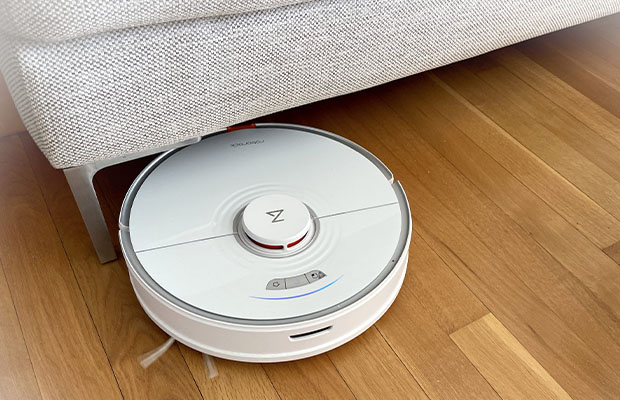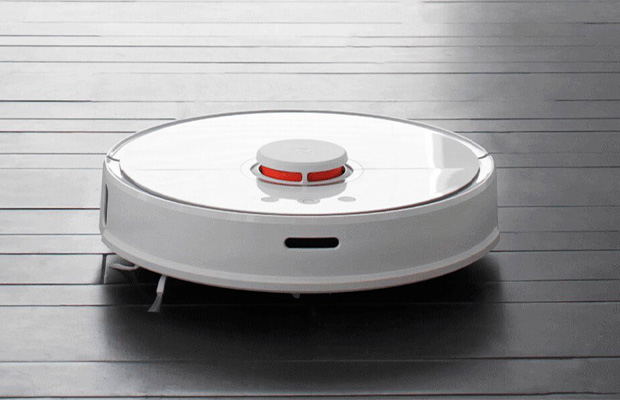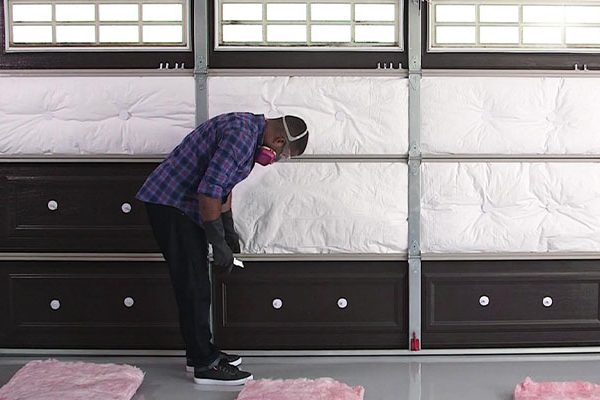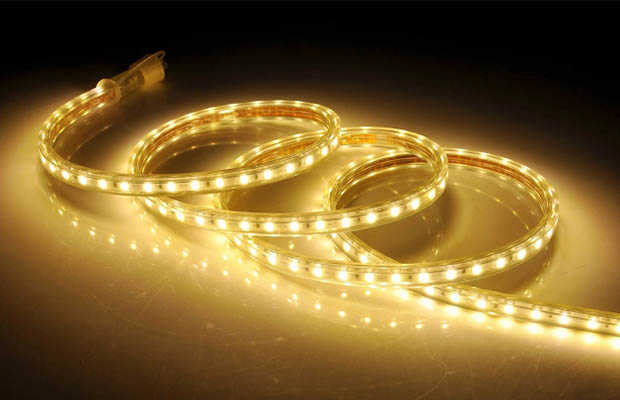For a Roborock sensor to have a long lifespan, cleaning is essential. But how to clean Roborock sensor?
Roborock sensors can be cleaned in a few different ways. Use a vacuum with a hose attachment as one method. Another method is to spray compressed air onto the sensor using a spray can.
You can learn how to clean the Roborock sensor, dust bin, and filter by continuing to read.
Table of Contents
How To Clean Roborock Sensor?
The Roborock’s sensors are its “eyes” that let it see where it’s going as it’s cleaning your floors. Your robot vacuum may start stumbling into things, missing spots, and charging improperly if the sensors get dirty.
Thankfully, cleaning the sensors is very simple and only requires a soft cloth. Here are three things to keep in mind when cleaning a Roborock’s sensors:
- To clean the sensors, apply a dry, lint-free cloth. You can easily remove dirt and debris from the Roborock’s sensors using a super absorbent microfiber cloth. To avoid scratching the sensors, avoid using anything abrasive to clean them, such as the rough side of a sponge or paper towel.
- On the sensors on your Roborock, avoid using water or cleaning agents. The sensors on a Roborock vacuum are not recommended to be cleaned with anything damp, according to Roborock. Your vacuum may become damaged if liquid gets inside of it.
- Once a week, clean the sensors to keep them functioning properly. A Roborock may malfunction if dust and other debris build up on the sensors. Remind yourself to clean the sensors at least once per week to prevent this. To avoid forgetting, it is a good habit to clean the sensors after each use.

Where Is The Roborock Sensors?
- The 4 cliff sensors at the bottom of the robot – Flip the Roborock over and look for them. Finding the four cliff sensors along the front edge of the device is the next step. These are the cliff sensors. Wipe each sensor down using a dry, lint-free cloth.
- The wall sensor on the right side of the robot – The Roborock can measure its distance from nearby walls with the aid of this sensor. A small oval-shaped sensor should be visible on either side of your robot. Use a dry, lint-free cloth to clean it to get rid of any dust or other particles.
- The charging contact pieces at the bottom of the robot – The tiny square sensors on either side of the front wheel serve as the charging contact pieces. When you charge your Roborock, they come into contact with the terminals on the docking station. Apply a dry, lint-free cloth to the charging contact pieces and gently wipe them off.
- The dock-station return and collision sensors on the front bumper – These sensors support the movement of your Roborock while it is running and assist it in docking. The front bumper is the location of the dock-station return sensor, which is a small, horizontal oval. The bottom edge of the front bumper is where the long, narrow collision sensor is located. With a dry, lint-free cloth, clean both of these sensors.
Remember that the cliff sensors will be marginally recessed into the plastic covering the robot’s bottom. Each one measures approximately 1 inch (2.5 cm) in length and is reflective.
Layouts for various Roborock vacuum models could differ slightly. If you’re having trouble finding any of the sensors, consult your owner’s manual or search online for a diagram of your particular model.
How To Clean Roborock Dust Bin And Filter
Open the Roborock’s cover to reveal the dust bin, then squeeze the two-finger holds to release it. After the dust bin has been taken out, open it and dump the contents into a trash can.
To clear the filter of dust and debris that have accumulated on it, lift the filter out of the dust bin and gently tap it against a trash can. Reinstall the filter on the dust container.
Fill the dust bin with water and the filter attached to it to clean Roborock’s filter and dust bin. Shift it left and right while closing the dustbin cover. Once the filter is clean, pour out the dirty water and do it again several times.
- Cleaning the filter only requires water. Use of any cleaning agent is not advised by Roborock.
- To prevent any potential harm, please avoid cleaning the filter with your fingers or a brush.
- Please allow the filter to dry for at least 24 hours after washing.
Make sure to clean the filter every two weeks.
Other Posts You Might Like:
FAQs
How to clean the sensors on my Roborock S4 Max?
On your Roborock S4 Max, there are several ways to clean the sensors. Alternatively, using compressed air and a cloth to clean the sensor, you can use a microfiber cloth to wipe down the sensor area.
Is vinegar allowed In Roborock?
Given that vinegar can have a wide range of effects on various kinds of surfaces, there is no clear-cut answer to this query. While some users claim vinegar can help remove dirt and dust, others claim it has no effect at all. In the end, it is best to test vinegar on a small area first to see if it has any beneficial effects.
How Often Should I Clean The Filter On Roborock?
A Roborock filter needs to be cleaned once every two weeks. Regular Roborock filter cleaning ensures that the robot can pick up dust and debris in an efficient manner.
How to clean a laser sensor?
A laser sensor can be cleaned in a number of ways. Using compressed air from a can and spraying it on the sensor is one method. Utilizing a q-tip and rubbing alcohol is another method.
How to clean a Roborock vacuum?
A Roborock vacuum can be cleaned in a few different ways. Both the dustbin and the crevice tool are found on the top and top, respectively, of the vacuum.




